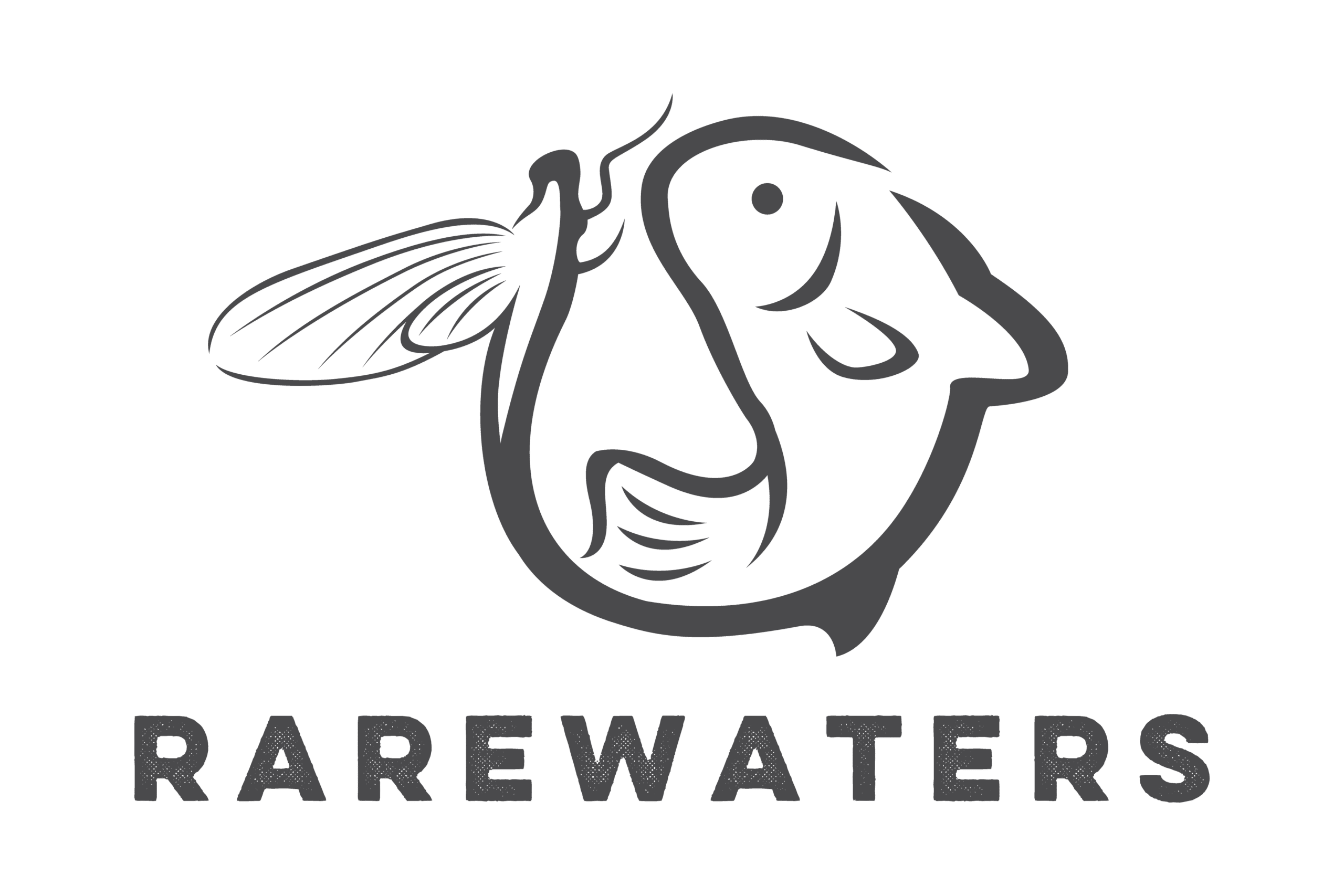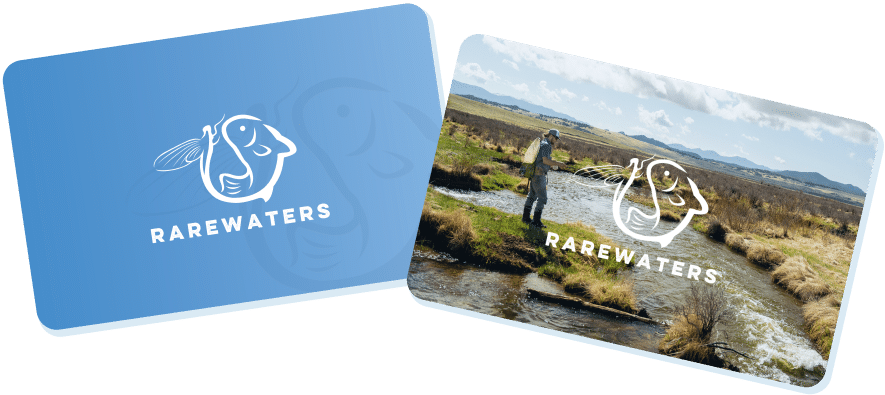Midge Biology and Behavior
Midges are a diverse group of small, two-winged flies in the order Diptera. They are found in a wide range of habitats, including freshwater, terrestrial, and marine environments. Some species are important as food for fish and birds, while others are pests of crops or vectors of diseases.
The midge body is small, usually less than 6 mm in length, and slender. The head has a pair of large compound eyes, and the antennae are usually short and inconspicuous. The wings are transparent, and the legs and thorax are usually long and slender.
Midges have a wide range of feeding habits. Some species are predators, feeding on other small aquatic animals, while others are herbivores, feeding on algae or other aquatic plants. Still, others are blood-suckers, feeding on the blood of mammals, birds or reptiles. Some of the midges are considered as pests, such as the Chironomidae and Ceratopogonidae families, which are known to damage crops, while others are beneficial as they are used as fish food.
The life cycle of midges varies depending on the species. Some species have a simple life cycle, with eggs hatching into larvae that develop directly into adults, while others have a more complex life cycle, with multiple stages of development. The larvae of most species are aquatic, and they usually live in the bottom sediment of freshwater or marine habitats.
Overall, midges play an important role in many ecosystems, serving as food for a wide range of animals and as decomposers of organic matter. They are also important indicators of the health of aquatic habitats and have been used in bioassessment studies.
Midges and Fly Anglers
Knowing the life cycle of midges can aid a fly angler in predicting when the different stages will be present in the water, which can help in selecting the appropriate fly pattern. For example, if the angler knows that the midge pupae will emerge from the bottom sediment in the morning, they can use a pupae imitation fly pattern like the Zebra Midge or the Jujubee Midge during that time to better match the hatch.
Understanding the feeding habits of midges can also help anglers match the hatch by choosing the right fly pattern to imitate the food source that the fish are feeding on. For example, if the angler knows that the fish are feeding on adult midges that are emerging from the bottom sediment, they can use an adult midge imitation fly pattern like the Griffith’s Gnat or the Sparkle Dun to better mimic the natural food source.
Knowing the habitat preferences of midges can help anglers locate the most productive waters for midge hatches. For example, if the angler knows that a certain species of midge prefers slow-moving water, they can focus their fishing efforts in those types of waters and use a fly pattern like the Soft Hackle Pheasant Tail or the Tungsten Pheasant Tail.
Understanding the behavior of midges can also help anglers to understand the behavior of the fish that are feeding on them. For example, if fish are rising to the surface to feed on adult midges, the angler can use a dry fly pattern like the Adams Dry Fly or the Elk Hair Caddis to imitate the adult midge and mimic the natural behavior of the midge.
Knowing the species of midges that are present in a particular body of water can also help anglers to select the appropriate fly pattern. For example, if the angler knows that Chironomidae family is present in the water, they can use the appropriate Chironomidae imitation fly pattern like the Bloodworm or the Red Ribbed midge to better match the natural food source.
Understanding the importance of midges in the ecosystem can also help anglers make more informed decisions about fly fishing practices that may affect the populations of midges and other aquatic insects. For example, if the angler knows that a particular body of water has a fragile population of midges, they can take steps to minimize their impact on the population by using barbless hooks, practicing catch and release, and being mindful of their impact on the ecosystem and ensure that future generations of anglers will have the opportunity to fish for midges in that water.
In summary, understanding the biology and behavior of midges can help anglers to be more successful in catching fish by allowing them to choose the appropriate fly pattern at the right time and in the right place.








